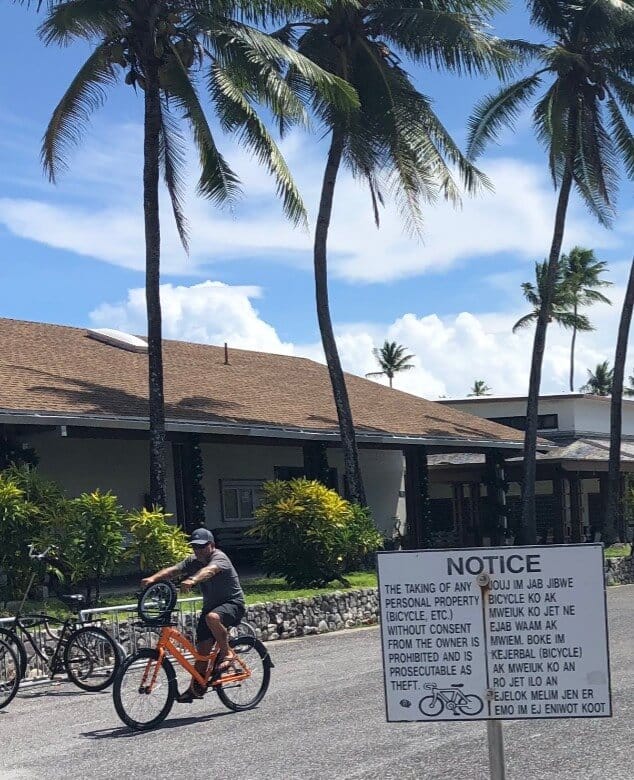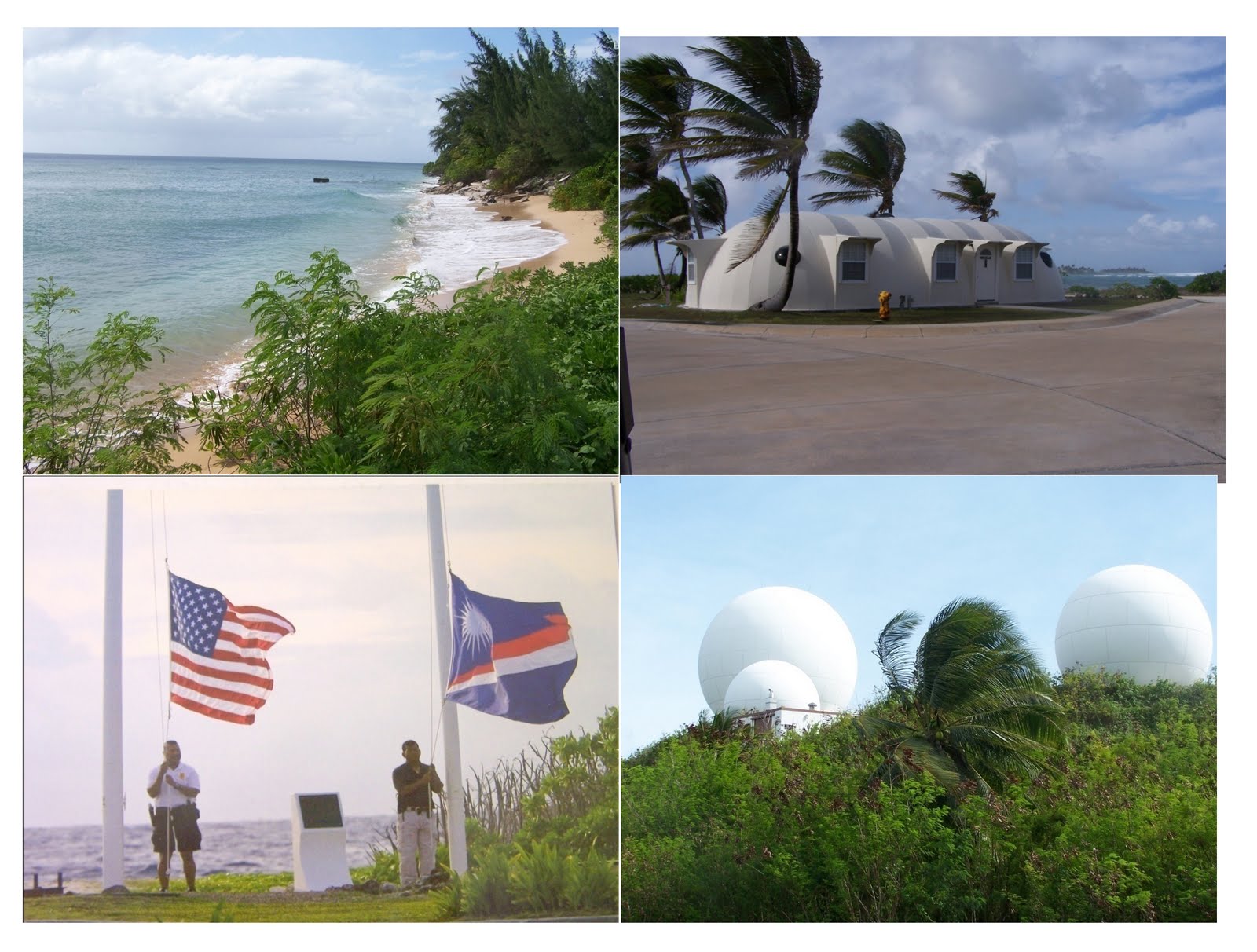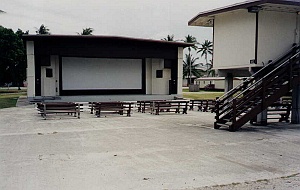Bq Housing On Kwajalein Marshall Islands
P2 Negotiators settle on $2 billion for Kwajalein through 2086 US and Marshall Islands negotiators signed a pact Friday that could extend American use of the Reagan Test Site at Kwajalein for more than 80 years. US negotiator Albert Short and RMI Foreign Minister Gerald Zackios after meetings in Honolulu initialed a deal worth at least $2. Nov 26, 2017 - Explore Bruce Winchester's board 'Kwajalein Military Base' on Pinterest. See more ideas about kwajalein atoll, majuro, marshall islands. Kwajalein Job Opportunities for Below is a listing of job opportunities on Kwajalein, Marshall Islands. Kwaj Net manually verifies each job posting, all of which have either been initially posted, or updated, within the last 2-3 weeks.

The first phase of a long-awaited plan to build new housing for dislocated islanders living in shabby conditions at Kwajalein Atoll in the Marshall Islands received the green light from the United States last week.
Over $US2.4 million was approved for developing the 100-unit housing plan, and beginning the first phase.
This includes $US354,000 to hire a professional community housing planner to help the Marshall Islands government 'in preparation of a fully developed Mid-Corridor Housing Project implementation plan,' according to the Joint Economic Management and Financial Accountability Committee (JEMFAC), which held its annual meeting last week in Honolulu.
An aerial view of Ebeye Island, home to 12,000 people living on 80 acres of land. Photo: Giff Johnson
Commander is responsible for Kwajalein and Roi-Namur’s more than 1,250 residents, which are comprised of military personnel, Army civilians, contractor employees, and family members. The use of the Kwajalein Atoll as a U.S. Military facility is made possible through a Compact of Free Association with the Republic of the Marshall Islands (RMI). The two islands of Kwajalein and Roi-Namur are home to approximately 1,300 Americans, working for the U.S. Government as military service members, Department of Defense Civilians and Contractors.
JEMFAC is the US-Marshall Islands group that approves use of US funding under the Compact of Free Association for the Marshall Islands.
JEMFAC also endorsed spending $US1.5 million of Compact funding for stage one of the housing once the Marshall Islands satisfies various conditions.


Another $US582,372 of unspent funding from previous years was also approved for Mid-Corridor housing.
Marshall Islands Foreign Minister John Silk, who led the Marshall Islands delegation at the annual JEMFAC talks, called approval of the Mid-Corridor housing project an 'historic' development.
'We are eager to move this important project forward while ensuring that it will have the most long-lasting beneficial outcome for the people and families of the Mid-Atoll Corridor,' said the three US JEMFAC members in a letter May 8 to Mr Silk and Finance Minister Brenson Wase.
'While we welcome the energetic approach of the Kwajalein Atoll Development Authority, the Request for Proposals recently issued by KADA is not sufficiently developed to attract qualifying bids.'
The three US representatives - Interior Department's Nikolao Pula, State Department's Nicholas Dean and Health and Human Services' Bill Gallo - sought Silk and Wase's endorsement for the hiring a community housing development planner who would assist development of a full design-bid-build proposal for JEMFAC consideration.

Last week's JEMFAC meeting, with Silk and Wase leading the Marshall Islands delegation, endorsed this plan.

The conditions for release of construction funding include developing a construction project plan that follows 'best practices' of commercial lenders.
Mid-Corridor people were removed from their islands along the central portion of Kwajalein Atoll's boomerang-shaped lagoon in 1964 and moved to Ebeye Island so the US Army could target the lagoon for missiles launched from Vandenberg Air Force Base in California.
Over 50 years ago, the Army built concrete block one-story apartments for the evacuees. They are still living in the same units, though families second floors over time.
Like most of Ebeye Island, an 80-acre island with 12,000 residents, the Mid-Corridor housing area on the island is overcrowded and housing dilapidated.
The Kwajalein Atoll Development Authority, which is spearheading the housing project, anticipates building 10-to-15 units per year.
In the Central Pacific, a series of 29 atolls and five islands compose the independent republic of the Marshall Islands. The Marshall Islands used to be under United States trusteeship but now exists as a freely associated state with the U.S. As of 2018, the Islands had a population of 75,684 people. Additionally, life expectancy ranges from around 71 years for men and 76 years for women. Despite these promising life expectancy rates, there is room for improving current living conditions in the Marshall Islands. Below are the top ten facts about living conditions in the Marshall Islands.
Kwajalein Marshall Islands Jobs
Top 10 Facts about Living Conditions in the Marshall Islands
- Most of the nation’s economy comes from the United States’ lease payments for the utilization of Kwajalein Atoll as a U.S. military base. Between 1986 and 2001, approximately $1 billion in aid to the Marshall Islands was from the U.S. This was under the Compact of Free Association. The Compact has since been renegotiated, extending from 2004 to 2024; a 20-year period in which the Islands will receive an estimated $1.5 billion from direct U.S. assistance.
- The Marshall Islands are relatively safe, as the U.S. Department of State Travel Advisory classifies the republic at a Level 1 security threat. This means that tourists can exercise normal precautions when visiting. Although generally secure, theft of personal items from cars, hotels and homes are common.
- Both major cities of the Marshall Islands, Majuro and Ebeye have the equipment to handle routine medical issues. However, there are few to no hospitals elsewhere on the Islands. Serious accidents and injuries most likely require medical evacuation to the United States.
- There is a limit on the supply of natural freshwater in the Marshall Islands. The main source of freshwater is rain, and the capital city’s 36.5 million gallon reservoir cannot meet the growing demand. Desalination plants are likely going to become a new necessity and priority for the republic.
- As of 2014, almost one-third of the population of the Marshall Islands has relocated to the United States—particularly to Hawaii and the island of Guam. The most reason likely is a severe lack of economic and employment opportunities on the Islands. Access to equitable education and health care also represent a key reason many Marshallese people are leaving their homeland.
- Infrastructure in the Marshall Islands needs some improvement which the U.S. acknowledges. As a result, the U.S. provided $6.5 million worth of infrastructure grants to the small republic in 2017 to repair schools, hospitals, docks, recreational facilities and water distribution systems.
- As of 2012, more than 30,000 Marshallese citizens were living without electricity. Approximately 59 percent of the population has access to electricity, mostly found in urban areas. Electricity production has been increasing, as, in 2016, the Islands’ electricity output was 650 million kWh.
- Since 2009, Marshallese people have been able to access internet service through a super-speed international underwater fiber optic cable. Although this provides a relatively fast internet connection, no sufficient backup is available if there is damage to the cable. When the cable went out for repairs in 2017, the nation used a backup satellite with frustrating results. The satellite did not provide the speed or the breadth the republic was used to.
- Primary education (the first eight years of school) in the Marshall Islands is mandatory. Most students complete this compulsory education around the age of 14. Though foreign nations fund many of the schools, some have begun to fall into neglect and are in need of repairs.
- Due to the location of the Marshall Islands, living conditions in the Marshall Islands is mainly in seclusion. Most speak their own native language (although English is a popular second language), and citizenship is not a birthright. In fact, naturalization takes five years. With only around 5,000 tourists a year, the Marshall Islands is one of the world’s least-visited countries.
Although the interventions and aid of the United States are prominent in the islands, there is still work to be done that will hopefully improve living conditions in the Marshall Islands.
Bq Housing On Kwajalein Marshall Islands For Sale
– Haley Hiday
Photo: Flickr